SEQENS
Fully Customizable Calcium Sulfonate Greases for Optimum Performances
By Guillaume Notheaux, Lubricant Additives R&D Manager and Marie Legatte, Advanced Specialties BU Marketing Manager, SEQENS | TLT CMF Plus November 2021

Introduction
Biodegradable greases are specially designed for agriculture, construction machinery, mining field and marine applications, where the loss of lubricants is inevitable, but it must be environmentally acceptable. Nowadays, biobased lubricants have performances that equal or exceed these of conventional lubricants such as lithium complex greases and they can be price competitive.
Overbased calcium sulfonate greases (OBCaS) are premium greases for high load and high temperature applications, suitable for extreme environment and particularly adapted for marine applications thanks to their resistance to water and their intrinsic anticorrosion performances. Formulating a biodegradable OBCaS grease was a difficult challenge that has been made possible with a one-step production process.
In this article, we show how OBCaS greases can belong to the products compliant with national and international programs such as the VGP (Vessel General Permit) or Ecolabel and how they can be classified in the list of Environmental Acceptable Lubricant (EAL).
A grease consists of three components: a thickener, a base oil and additives. They are classified in two main categories: soap and non-soap thickener. Properties of a finished grease are directly related to the nature of the thickener: dropping point, water resistance, mechanical stability, extreme pressure resistance, operating temperature etc.
(Figure 1).
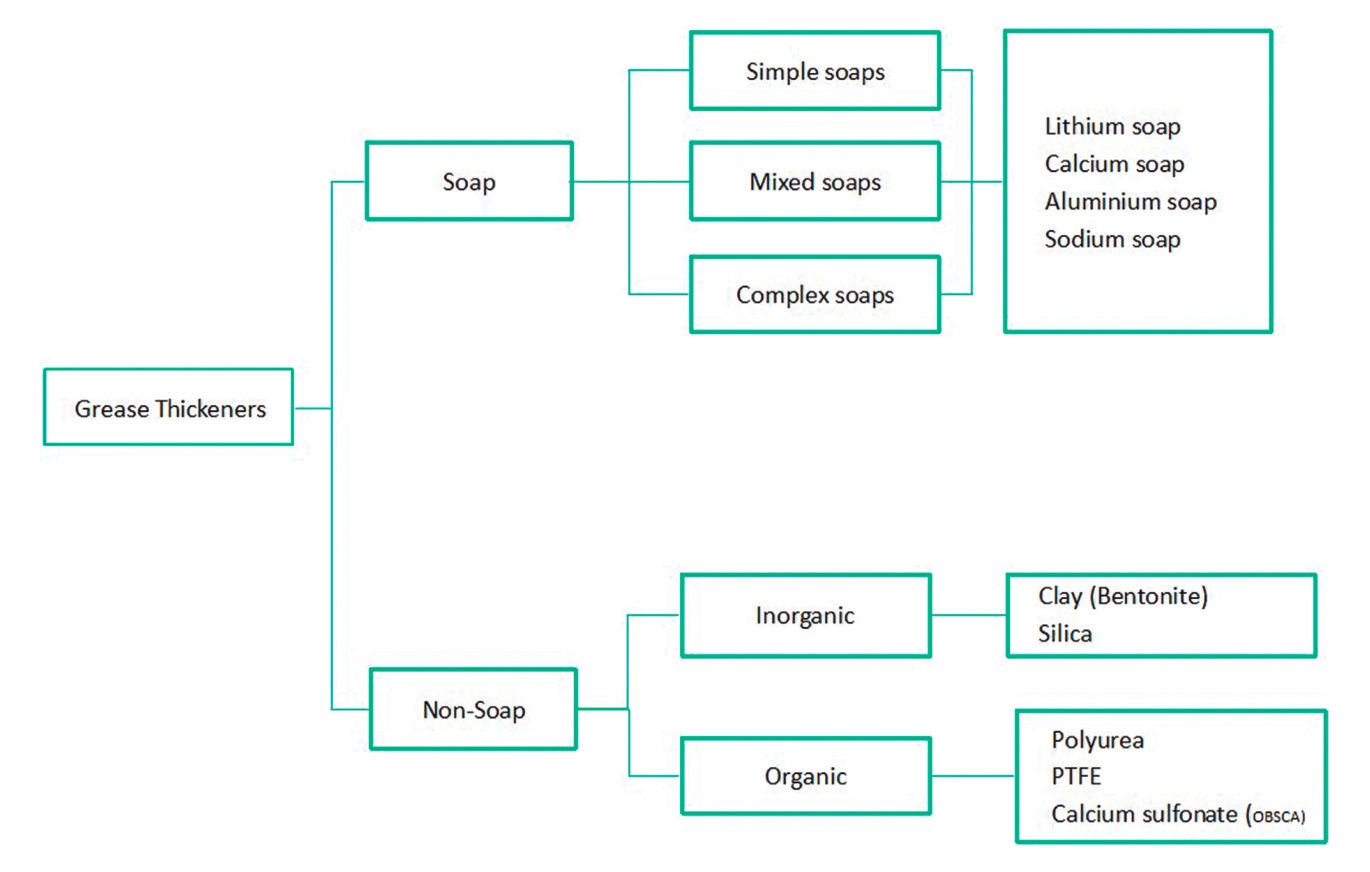
Figure 1. Grease thickener types.
Soap thickeners are the product of the reaction between a metallic hydroxide and a fatty acid coming from vegetable or animal oils. Soap greases are described as sponges where the base oil is entrapped in the thickener network that slowly releases in use, providing lubrication.
When the base oil is a natural or biodegradable synthetic ester, the grease can be classified as biodegradable.
In contrast, classification of conventional OBCaS as eco-friendly products is close to impossible because they are manufactured with calcium sulfonate precursors, containing mineral or synthetic oils.
The One-step Process from SEQENS
Calcium sulfonate greases developments started some decades ago and several patents describe conversion of overbased calcium sulfonate (precursor) with total base number (TBN) ranging from 300 to 500, to grease containing calcite particles.
In 1960, McMillen patented calcium sulfonate greases obtained via a two-step process where a highly amorphous over based calcium sulfonate was prepared in a mineral or synthetic oil and then transformed in a second step with acids, lime and suitable promoters: amorphous calcium carbonate was converted into the desired crystalline calcite form followed by the removal of promoters and water.
In 1980s, a new process was developed for OBCaS greases with a one-step route that will later on become the key solution to formulate OBCaS greases which SEQENS has industrialized more than 20 years ago
(Figure 2).
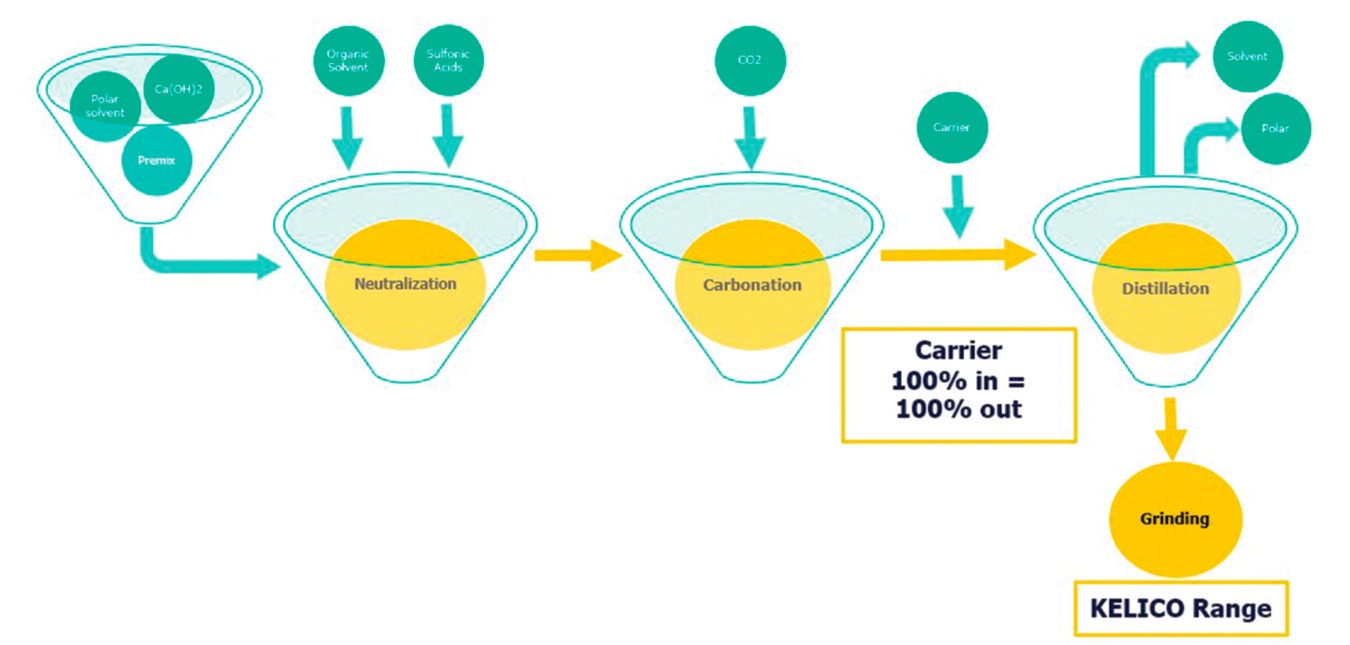
Figure 2. The one-step process
All ingredients are mixed together, sulfonic acid, base oil (vegetable, synthetic or mineral based) and lime. The finished greases are a complex mixture of calcium sulfonate, calcium carbonate under calcite form and a 100 % chosen carrier. Considering the market trends, SEQENS is studying new base stock carriers. For example, with that single step process, it becomes feasible to produce OBCaS without mineral oil-based precursors.
Cold Temperature Improvement with Naphtenic Carrier
However, the use of OBCaS greases is limited for cold temperature applications. Naphtenic oils help in formulating greases for a wide temperature range.
By changing the carrier from Paraffinic Group I to a mix of Naphtenic and Group II, OBCaS greases from SEQENS exhibits the best cold temperature performances improvement. The enhanced performances of this new generation of new “naphtenic based” greases enabling their use on a wider type of applications than other “standard” OBCaS greases on the market.
(Figure 3).
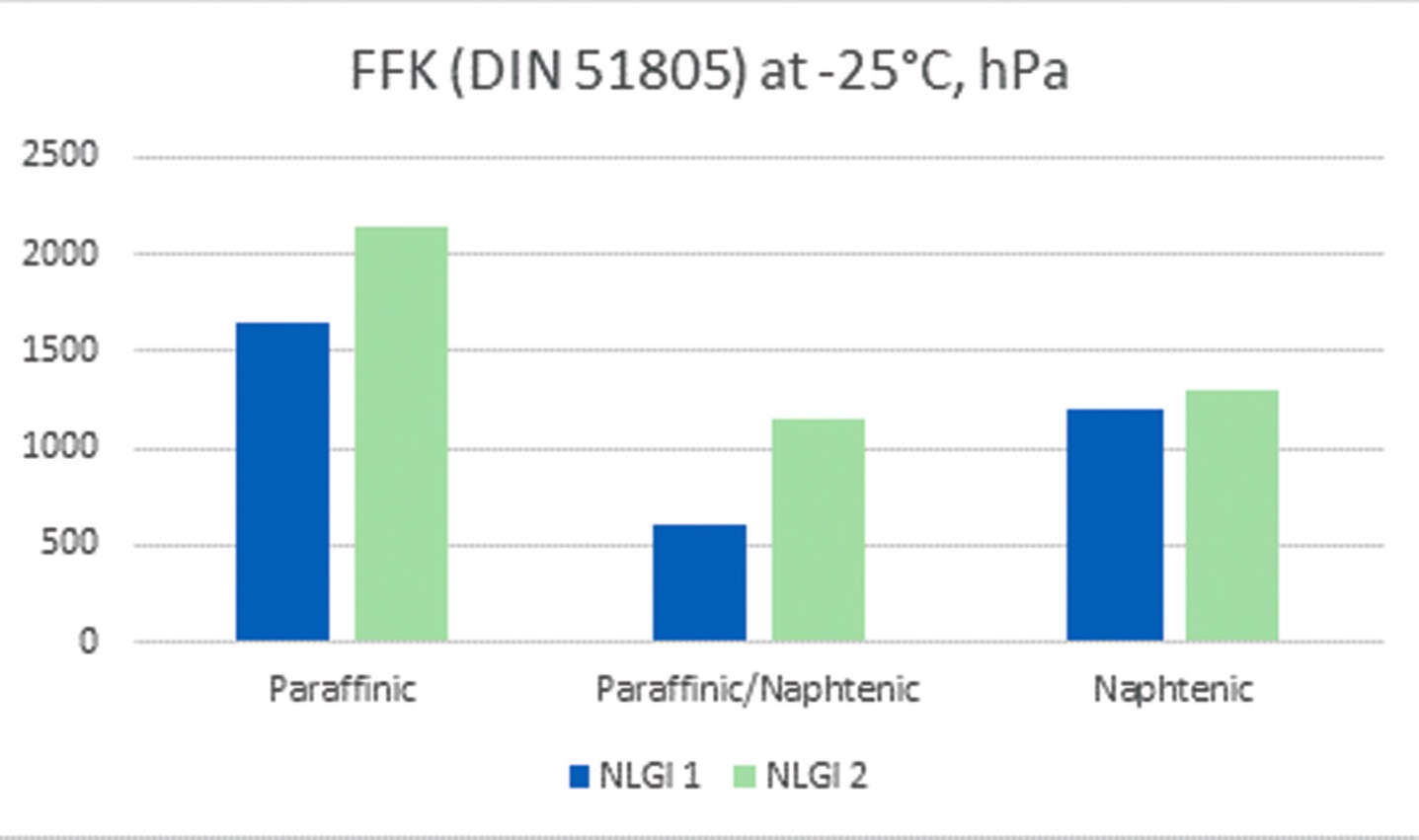 Figure 3. FFK test results.
The First OBCaS Biolubricants
Figure 3. FFK test results.
The First OBCaS Biolubricants
On another hand, the biolubricants market is growing driven by enforced regulations, especially in the USA with the VGP (2013) and thanks also to the various ecolabel guidelines implemented worldwide. These programs are attracting customers who are looking for ways to reduce adverse environmental impacts through their purchasing choices. Consumers’ confidence is strongly reinforced with these guiding standards and with the associated surveys conducted by independent third parties.
Consequently, grease producers must consider these new customers’ requirements to focus on the development of special ranges of eco-friendly greases. They can rely on national and international labelling programs based on voluntary initiative (European Ecolabel, German Blau Engel, Japanese Eco mark, Nordic Swan; USDA biopreferred program, Korean ecolabel).
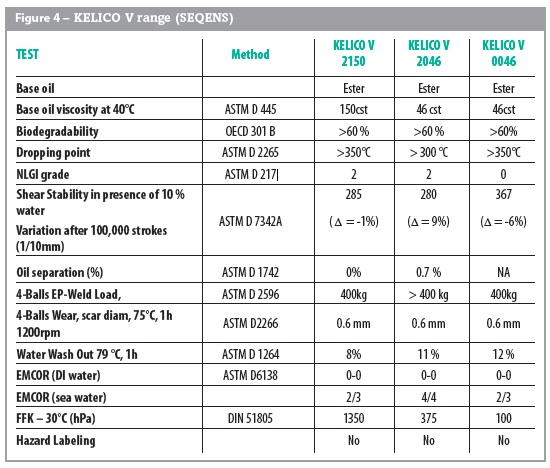
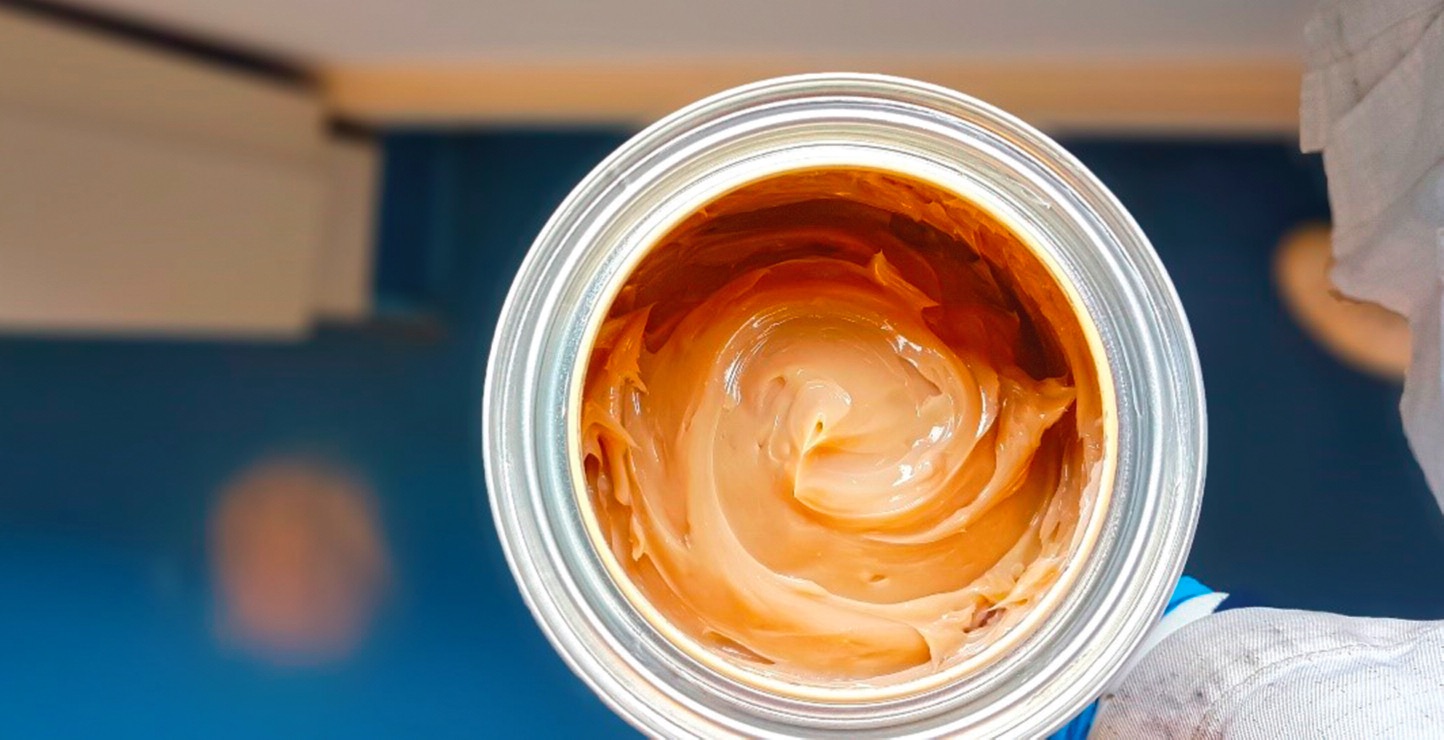 Figure 5. KELICO V 2046 in SEQENS R&D lab
Figure 5. KELICO V 2046 in SEQENS R&D lab
By using 100% of esters carrier, OBCaS greases, KELICO V, from SEQENS fit in the category of highly renewable and biodegradable. They complete the wide range of biodegradable greases mostly represented by products based on lithium soaps, calcium soaps or lithium-calcium soaps, addressing the demand in Europe and in the USA for biodegradable greases performing in sensitive applications for the environment.
KELICO V greases from SEQENS enable the lubricants’ manufacturers to formulate environmentally acceptable lubricants with exceptional performances.
EAL are bio lubricants that are “biodegradable”, “minimally toxic” and are “not bioaccumulative”
(Figure 6). Let’s have a look at KELICO V products.
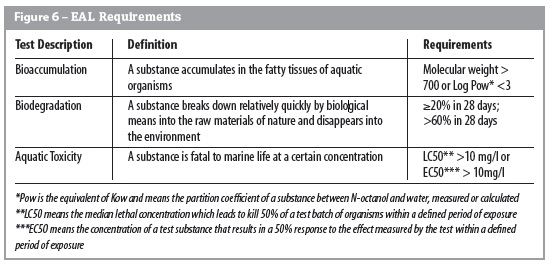
According to numerous industry standards, KELICO V ester-based overbased calcium sulfonate greases are defined as biodegradable, non-bioaccumulative and non-toxic to aquatic species which makes them suitable candidates for applications where EALs are required.
KELICO V overbased calcium sulfonate greases are premium greases for high load and high temperature applications, suitable for extreme environment and particularly adapted for marine applications thanks to their resistance to water and their intrinsic anticorrosion performances.
In conclusion SEQENS opens the way to new opportunities for lubricants’ manufacturers. Being able to choose 100% of the overbased calcium sulfonate greases carriers with SEQENS one-step process leads to fully customisable greases and open a wide range of possibilities in term of performances optimization, new applications as well as health, safety and environment considerations.